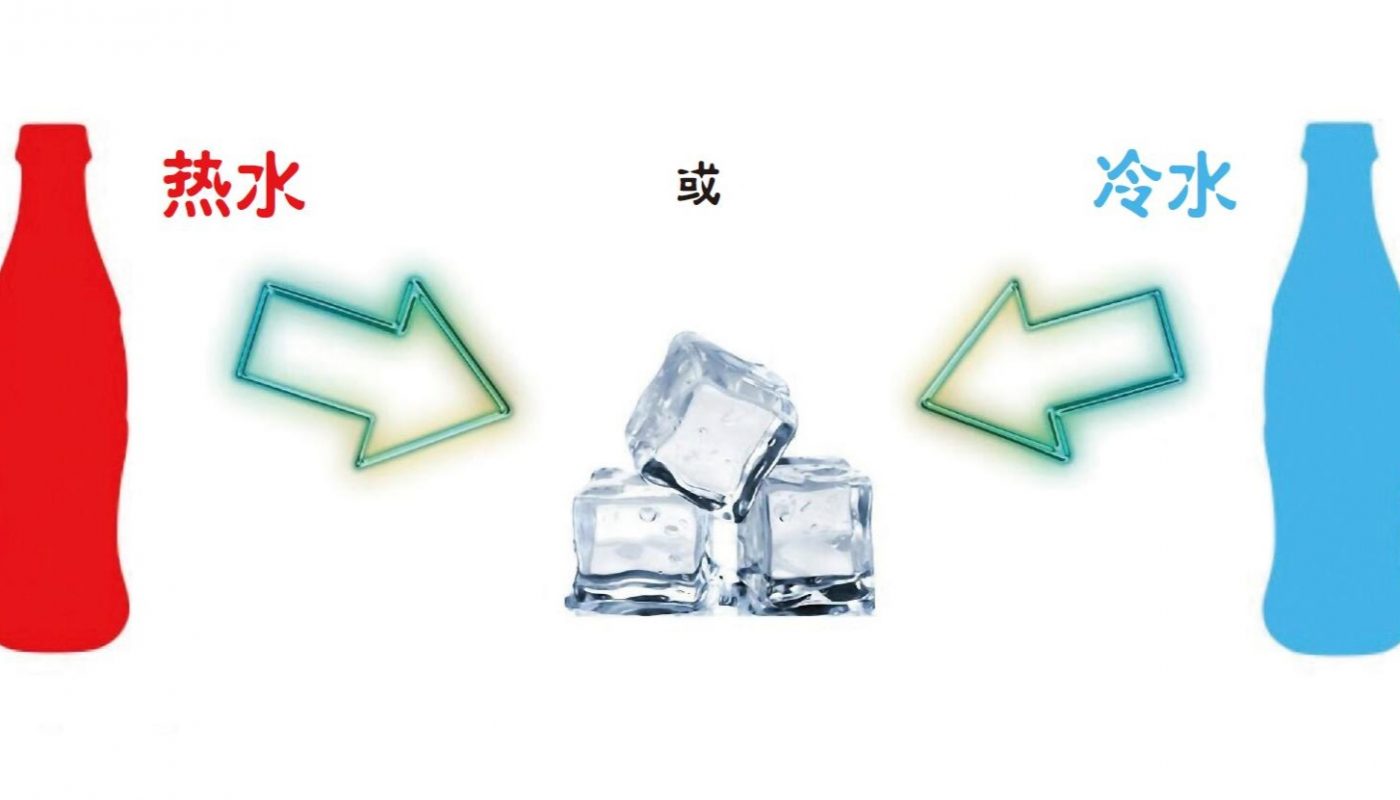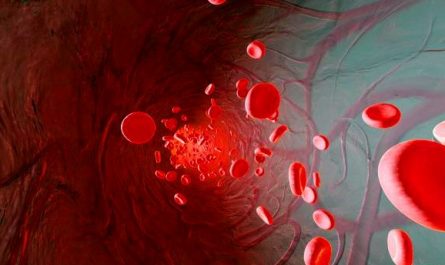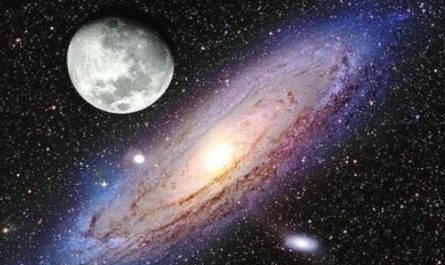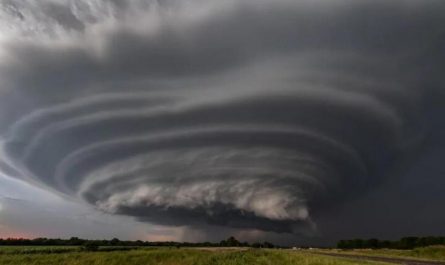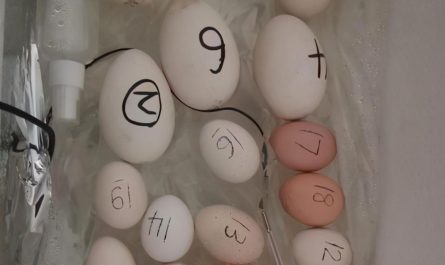Put a cup of hot milk (water) and a cup of cold milk (water) in the refrigerator at the same time. Which cup will freeze first? Many people will answer without hesitation: cold milk (water)!
Is the result like this? In 1963, Mpemba, a third-year student in Tanzania, put a cup of hot milk and a cup of cold milk into the refrigerator at the same time, and found that the hot milk had frozen first.
Mpemba was very strange, so he went to ask his physics teacher, and the teacher replied, “No? You must have made a mistake.” Mpemba retested it several times, and the result was always that the hot milk freezes first. The teacher is also puzzled by this.
One day, a university PhD in physics came to their school, and Mpemba asked him this question again. The doctor believes that when cold milk is cold, its surface quickly freezes, which affects the conduction of cold. When hot milk is cold, the hot and cold inside and outside the liquid will constantly communicate, but it will freeze quickly.
The “truth” that looks like a “scam”
In fact, under many different experimental conditions, hot water can freeze faster than cold water. Scientists have known this phenomenon as early as centuries ago, but did not pay attention to it until Mpemba rediscovered the phenomenon and published a paper on it.
The first to describe “hot water freezes fast” was Aristotle, who wrote, “In fact, the process of heating water will cause it to freeze faster because it can cool more quickly. So when people think When you want to freeze water, you should first put it in the sun.”
Scientists in the 15th and 6th centuries could not explain the phenomenon mentioned by Aristotle at all. At that time, a physicist once claimed to have confirmed that hot water freezes faster than cold water—put the same volume of boiling water and room temperature water outdoors (in winter), and observed that the boiling water freezes first. However, he couldn’t understand why this happened.
By the 17th century, even if people did not witness it, it was generally known that “hot water freezes faster than cold water.” In 1620, Bacon wrote, “Warm water freezes more easily than cold water.” Soon, Descartes also claimed that “experience shows that water stored on fire for a long time in winter freezes earlier than other water.”
Now, people define “the phenomenon that hot water may freeze faster than cold water” as the Mpemba effect.
Vulnerable definition
However, this definition is not rigorous. It should be like this: First, there is a prerequisite, that is, “Two containers with exactly the same shape and material hold the same amount and uniform water…” and then “The water in a container is more High (uniform) temperature; then the exact same cooling process is applied to each container. Under certain conditions, the initially higher temperature water freezes first.”
Some people are very smart and can tell at a glance that this is not in line with “common sense”: if there are two glasses of water, one cup is 80°C and one cup is 30°C. The 80°C water must be cooled to 30°C for a while before it freezes, and then the 30°C water cooling process is carried out. So, it’s impossible for hot water to freeze fast, right?
But this reasoning is problematic because it implies an assumption that the characteristics of water are only determined by the average temperature of the water. In fact, in addition to the average temperature, other factors (such as dissolved matter, temperature distribution) are also important. When the temperature of 80°C water drops to 30°C, it may be completely different from the state of the water at 30°C at the beginning (the temperature is uniform). For example, when water is cooled from 80°C to 30°C, it may (evaporate) less; or during the cooling process, the gas dissolved in the water decreases and the temperature becomes uneven… So, the above said ” “Impossible” is incorrect.
Contradictory explanations
So far, there are many explanations for why the Mpemba effect occurs. Each explanation has a corresponding experiment to prove it, and at the same time it can be “overturned” by another experiment.
One is the “evaporation theory.” It believes that when the hot water is cooled, part of its quality will be lost due to evaporation, and the cooling rate will be faster. Therefore, the hot water will freeze first. In 1969, someone found through calculations that if water is cooled by evaporation only and maintains a uniform temperature, the hot water will freeze before the cold water. Therefore, in most cases, speeding up evaporation will undoubtedly help to obtain the Mpemba effect. However, later someone actually measured the evaporation loss and found that it was much lower than the amount predicted by the original calculation. In addition, another experiment also observed the Mpemba effect in a closed container, but there was no evaporation.
The “dissolved gas theory” believes that the gas dissolved in water will be precipitated when the initial temperature is high, especially the gas contained in boiling water is very small, and the dissolved gas will change the nature of the water, thereby changing the rate at which the water cools. When using degassed water, the experimenter observed the Mpemba effect, but not when using undegassed water. However, this explanation has no theoretical support. In addition, it has been found that both boiling water and uncoiled water have the Mpemba effect, and changing the amount of dissolved gas has no substantial effect on the Mpemba effect.
The “convection theory” is explained by the uneven temperature of the water. As the water cools, uneven temperature distribution appears, leading to “convection.” As the temperature is above 4°C, the density of water decreases as the temperature rises. Therefore, as the hot water cools (when the temperature is still higher than 4°C), the surface of the water will form a “hot cover”, and the heat loss rate of the water on the surface is higher than the average temperature. The convection speed generated inside hot water is faster than that of cold water, so it has a faster cooling rate. In other words, when the 80°C hot water is cooled to 30°C, the surface temperature may be much higher than the original 30°C water, so it will dissipate heat faster than the original 30°C water. When the problem of cold water convection was studied, it was found that the influence of convection on the freezing speed is not clear (there are speed and slowness). The density of water below 4°C will increase as the temperature decreases, so what should I do? At this time, water will form a “cold cover”, which is a more complicated issue.
There is also a “peripheral environment theory”, which can explain the Mpemba effect obtained in most home experiments. First of all, in the refrigerator, hot water will change the temperature around the cup and cause faster convective heat dissipation (the speed at which the water freezes is obviously related to the volume of the refrigerator). Secondly, when the cup is put in the refrigerator, it is often in direct contact with the frost. The cup with hot water will melt the frost so that the hot water cup can better contact the cooling system. If the melting frost just forms an ice bridge with the cup, the thermal contact will be more complete. However, the experiments we enumerated were all carried out on an insulator or under the same cooling process.
The magical “too cold”
Northerners may have seen such a phenomenon: in the cold winter, suddenly a bucket of mineral water was dumped on the water purifier. At this time, an incredible thing happened-the originally clear mineral water suddenly began to freeze at one point, and It spread out in an instant, and in less than two seconds, a bucket of water turned into an ice lump!
Why is this happening? In fact, the freezing of water is a process of searching for crystallization nuclei. The freezing point of water means that “water tends to form a solid rather than a liquid at this temperature.” However, it does not mean that it will freeze when it reaches the freezing point. Normally, when there are impurities in the water, it will start to produce ice crystals around the condensation nuclei. However, some water is too pure, the container is also very clean and smooth, lack of crystal nuclei, ice crystals can not form because there is nowhere to attach. Even if the water temperature is lower than the freezing point (too cold), the water will remain liquid for a long time until uniform crystal nuclei are formed.
The phenomenon of rapid freezing of hot water due to excessive cold often occurs. Some experiments have found that hot water will only be slightly overcooled to about -2°C, while cold water will be too cold to about -8°C.
But obviously, using it to explain the “Mpemba effect” is also difficult to convince the public. Even if the “undercooling theory” is true, the “dissolved gas theory” is just the opposite: there is less gas in the hot water, so there is more lack of crystal nuclei. Then, it should be more difficult to achieve supercooling.
In addition, there is another explanation: When the hot water is cooled, the temperature change of the whole container is more different, and the convection is faster, so it freezes faster. But this is just conjecture and lacks theoretical derivation.
Use micro glass beads instead of water?
Taking into account the nature of water and the complexity of the freezing process, in a recent study, several physicists in Canada used microglass beads to replace water in experiments, which was considered to be a concise and better proof (interpretation) The Mpemba effect. However, they believe that hot water may “cool down” (rather than “freeze”) faster than cold water.
In the experiment, a bead (which needs to be observed with a microscope) is equivalent to a water molecule, and the researchers obtained a set of “molecules” after 1000 measurements under certain conditions. They irradiated these beads with lasers, and the beads created an “energy landscape.” At the same time, water is used to cool the beads. In this way, the temperature of the beads is obtained from these beads passing through the “energy landscape” and responding to the force exerted by the laser.
The beads are initially at two different temperatures (denoted as “hot” and “cold”), and then they are allowed to cool to the temperature of water. It turns out that hot beads sometimes cool faster than cold beads. For example, in one measurement, the hot beads took 2 milliseconds to cool down, while the cold beads took 10 times longer.
Just by intuition, we all feel that a hot object must first reach the initial temperature of a cold object, which means that a higher temperature will only increase the cooling time. However, this logic is wrong for systems that are not in thermal equilibrium. For systems that are not in thermal equilibrium, there can be multiple paths for “cooling”, instead of having to directly “from hot to cold”, a “shortcut” can be taken. For the beads, according to the shape of the “energy landscape”, starting from a higher temperature means that they can be rearranged more easily into a structure that matches the lower temperature.
Other physicists are skeptical. They don’t know whether this effect is also true in water, because water is more complex, water evaporates and contains impurities. However, many physicists are very supportive of this experiment, believing that it vividly demonstrates the Mpemba effect. They stated that the effect may be beyond the scope of glass beads or water.
From this point of view, so far, the Mpemba effect still has no explanation that satisfies everyone.
